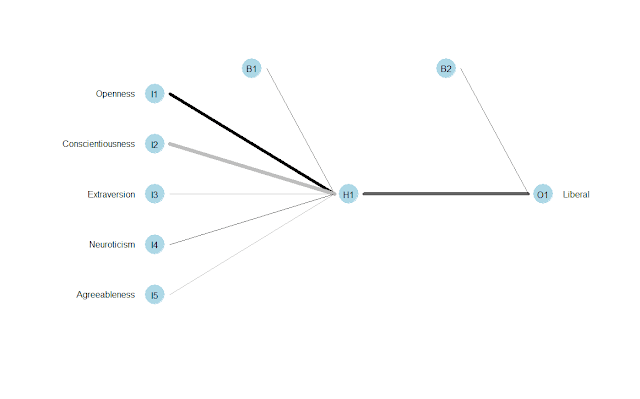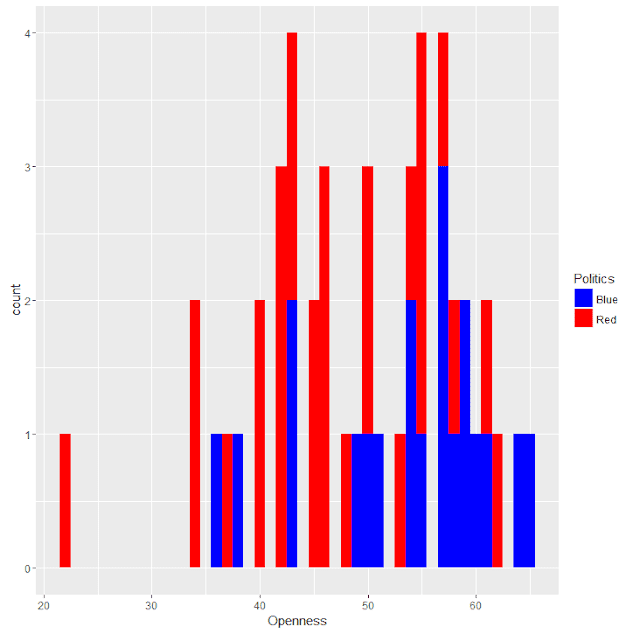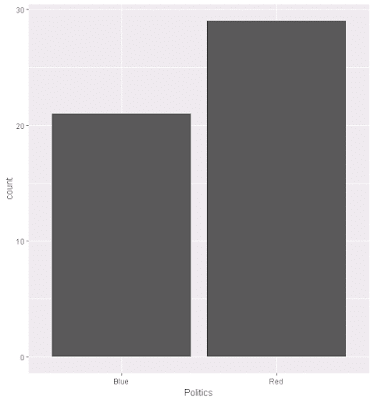Geert Hofstede | Defined Corporate Culture
I've been interested in Hofstede's work since B-school, back in the early second millennia, and at one time considered publishing using his country characteristics as predictors for economic and social welfare outcomes. Nowadays, I use the results of his analyses frequently in small R programming demonstrations. He's an interesting researcher, who's done important work, as The Economist article describes : The man who put corporate culture on the map—almost literally—Geert Hofstede (born 1928) defined culture along five different dimensions. Each of these he measured for a large number of countries, and then made cross-country comparisons. In the age of globalisation, these have been used extensively by managers trying to understand the differences between workforces in different environments. The Economist article give a fuller picture of Geert Hofstede , and anyone interested in reading one of his works might enjoy Cultures and Organizations: Software of the Mi...









